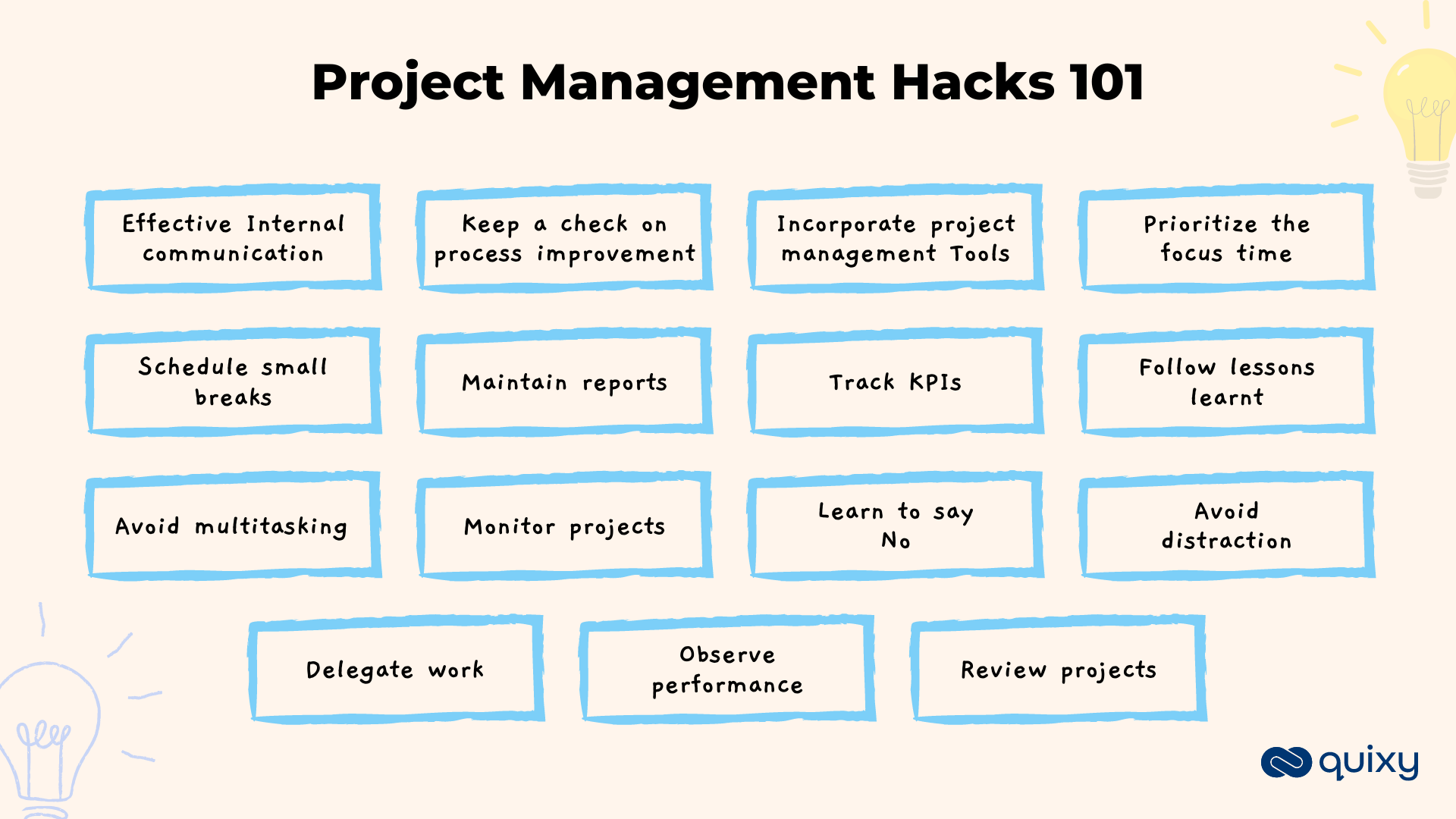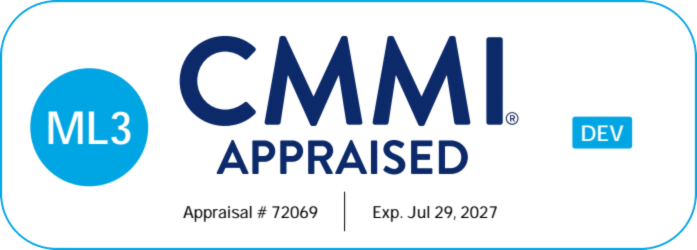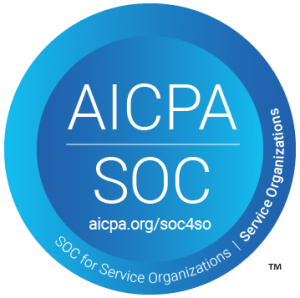
You’re juggling a dozen tasks, herding cats (also known as stakeholders), and your project plan has more red flags than a bullfighter’s convention. Sound familiar? You’re not alone. The truth is, project management is less about perfect Gantt charts and more about navigating chaos. But what if you had a secret playbook of simple, proven hacks to tame the turmoil? Welcome to Project Management Hacks—where we replace overwhelming theory with actionable strategies that get you from overwhelmed to over-delivering.
5 Common Project Management Pitfalls
That initial project kickoff feels great, doesn’t it? The team is aligned, the plan is pristine, and anything seems possible. But then, a few weeks in, you find yourself drifting off course. Deliverables slip, priorities get murky, and your beautiful Gantt chart starts to feel like a lie.
If this sounds familiar, take heart. You’re facing the same core challenges that derail projects everywhere. The key isn’t to avoid them—it’s to have a battle-tested hack ready for each one.
Challenge #1: The Scope Creep Monster
The Symptom: That “tiny” feature request after the project has started. The “can we just add…” that seems harmless but snowballs. Scope creep is the silent, incremental addition of tasks that weren’t in the original agreement.
- Why It’s a Project Killer: It’s the #1 cause of blown budgets, missed deadlines, and team burnout. Your crew is sprinting toward a finish line that keeps moving, leading to frustration and a diluted final product.
Challenge #2: The Communication Black Hole
The Symptom: Endless email threads where questions and decisions disappear. Team members working from different versions of the truth. Critical updates are buried in Slack channels, leading to rework and confusion.
- Why It’s a Project Killer: Miscommunication is the root of all errors. It destroys team cohesion, breeds distrust with stakeholders, and ensures that even a well-planned project will go off the rails.
Challenge #3: Unrealistic Deadlines (The “Wishful Thinking” Timeline)
The Symptom: A deadline is handed down from on high with no input from the people doing the work. The timeline is based on optimism, not data, setting the team up for failure from day one.
- Why It’s a Project Killer: It creates immediate and unsustainable pressure. Quality is sacrificed for speed, morale plummets as the team fails to meet impossible goals, and trust in leadership erodes.
Challenge #4: Vague Requirements & Moving Goalposts
The Symptom: A requirement like “make it user-friendly” is too subjective to build against. Stakeholders change their minds about what they want mid-stream, forcing the team to tear down and rebuild.
- Why It’s a Project Killer: It leads to massive rework, wasted effort, and a final product that doesn’t meet anyone’s needs because the needs were never clearly defined.
Challenge #5: The Disappearing Stakeholder
The Symptom: The key decision-maker who was so engaged during the kickoff is now impossible to pin down for feedback. Their silence halts progress, creating a critical bottleneck.
- Why It’s a Project Killer: Project velocity grinds to zero. The team is blocked, waiting for decisions that may never come, leading to costly delays and missed milestones.
Why Facing Challenges Head-On is Your Superpower as a Project Manager
Let’s be honest: a project without challenges is a fantasy. The reality is that scope will creep, communication will break down, and resources will be stretched. The mark of an exceptional Project Manager isn’t the ability to avoid these issues—it’s the courage and skill to confront them directly.
Ignoring a small miscommunication today can lead to a catastrophic project derailment tomorrow. Letting one “tiny” scope change slide without process can open the floodgates to uncontrollable feature creep. Every challenge you address proactively is not just a problem solved; it’s trust built with your team, credibility earned with stakeholders, and momentum preserved for your project.
Your role is to be the catalyst for solutions, transforming obstacles into opportunities for improvement and learning. This proactive stance is what separates a reactive task-manager from a strategic leader who delivers real value.
Ready to stop reacting and start mastering these challenges? Explore our curated list of Project Management Hacks to equip yourself with the simple, effective strategies you need to lead with confidence.
Know and Incorporate Project Management Hacks
Now you must be wondering why there is a need to know and apply these project management hacks to your project. Questions like what are some of the most effective ways a management can improve the productivity of his or her team or how to increase productivity can arise in a project manager’s head. Knowing a few hacks that may seem less important at first but prove to be a key to building a successful project right from strategizing to completion at the end.
Here are the 15 project management hacks that will improve your team’s productivity.

1. Internal communication is the key!
The first and foremost step towards effective project management is to communicate the goal or objective that was set initially. The project managers continuously strive to pick a goal and plan a roadmap to achieve it promptly and effectively.
Communication is the key hack for every project. The project managers communicate the goal with the team and provide them with a vision of achieving personal as well as organizational goals. Each member must be familiar with and conscious of the project.
Projects with ineffective communicators have a $135 million risk exposure per project for every $1 billion spent.
2. Keep an eye on process improvement
Project managers should always maintain a process improvement mindset. For say, when you’re working on something, hold on for a second, watch out for your process, and reconsider whether there is a simpler and more efficient way to achieve the goal. For instance, is this step required? Can this be done more effectively? etc.
With this mindset, teams can avoid creating unnecessary spreadsheets, replicating steps, and adding unnecessary goals to their to-do list.
Also Read: Revamp Project Management with No-Code
3. Incorporate project management tools for greater advantage
This is one of the most significant project management hacks because there is already a plethora of robust project management and social collaboration tools available, such as Google Calendar, Asana, Slack, Trello, and Facebook Workplace, for different project sizes and models.
Project managers must get familiar with and use these Project Management software so that they and your team can synchronize information across platforms effectively and efficiently. 77% of the highly effective teams use project management tools. These tools will undoubtedly save you time and effort because they allow you to communicate the information and track the progress of the team.
4. Do not flood your calendars– Prioritize the focus time
Project managers need not set and attend every goal or meeting in a day by the way of flooding their calendars. As this will probably reduce your as well as your project’s efficiency.
Try to attend to a specific number of tasks at hand, say three, in a day, and the leftover time should be your focus time. This focus time will keep you organized and help you to contribute to further planning.
Middle managers spend 35% of their time in meetings, while upper management spends 50%.
5. Schedule small breaks for yourself and your team
Time flies by between frequent messaging, follow-ups, and long meetings. However, amidst these, it is necessary to take small breaks. This small break may include setting your computer aside, going outside, and breathing fresh air. Fresh air brings fresh energy and fresh ideas.
Working continuously makes you feel bored and reduces your efficiency. It is highly recommended for everyone, to take a 5–10-minute break from work and reactivate themselves for greater efficacy. Because if you take care of yourself, you contribute more to work.
Also Read: Automation Glossary: Master the A to Z of Automation
6. Maintain weekly or fortnight reports
Keeping track of your project is essential. According to a study 54% of the projects fail to effectively track the KPIs, ROI and status. Communicate with the team members and ask about their individual views and the status of the project. Asking out individuals’ opinions will help the project manager not only in looking for every employee’s progress but also the progress of the project.
Try to maintain weekly or fortnight reports using project management software that passes on the information to higher authorities promptly and easily.
47% of failed projects cite “inaccurate requirements gathering” as the primary cause of failure.
7. Keep a tab on numbers
With maintaining the weekly reports, also keep a track of numbers. Numbers refer to the budget spent so far, time reports, number of tasks left, team velocity, holidays, leaves, resourcing until the project launch, etc.
Keeping a track of numbers will make it easy for project managers to assess the changes to avoid potential losses. Time and budget reports are critical for identifying and communicating issues and updating the client on the project’s progress.
8. Communicate the lessons learned during the project
Everything you do earns you a lesson, and that lesson must be highlighted. Rather than deferring until the end, lead two or three short lessons learned throughout each project. Determine what is and is not working, and assist team members in changing course when necessary.
Furthermore, changing the procedures will improve ongoing project quality, improving customer satisfaction as you provide status updates to clients.
Also Read: Best Construction Project Management Software
9. Avoid Multitasking to boost team performance
Studies suggest that multitasking can be harmful. It not only interrupts your current tasks but also stops you from focusing. When a project requires focused attention, multitasking will only delay it even further. Compare various projects side by side and decide how best to allocate resources across them.
The key to project management is to be productive, and you can only be productive when you are focused on one-task at a time.
Also Read: How Businesses can Supercharge Project Management with No-Code Apps
10. Plan and monitor departmental projects
Establish a meeting agenda so that everyone can stay on schedule and be ready to speak when their turn comes. To ensure that everyone is aware of their responsibilities, managers should also take notes and distribute them after the meeting.
Create and maintain a project tracking system. Although it may seem like more work, it streamlines future obligations and ensures that everyone is aware of their role in the work. Additionally, it will make them more responsible and accountable for their role in the project.
11. Do not underestimate the power of “No”
Although the project managers are conscious and responsible for their jobs, they might care less about outside factors that may cost them their time. These outside factors may include an urgent meeting or something that’s beyond their means. Ignoring or belittling these outside factors may eat your time.
For instance, the work that requires one hour may end up eating up your four hours because the factors ignored at the right time are the underlying conditions causing such a situation. Watch out for such conditions, learn to deny things that eats up your time and are not effective to your project.
Also Read: Project Management Strategy: Discover the Key to Project Success
12. Distraction may lead to disruption
While you prepare a project management strategy for your upcoming project, you should also create a distraction list. The distraction list may comprise social media, noisy work environment, colleagues, long breaks, binge-watching, etc.
It is highly believed that distractions lead to disruption. By disruption we don’t mean you will end up bombing your project, instead, it means distractions can affect your office hours, your efficiency, and time. And you know, project managers are the main face of the project so they somewhat become the ideal for other members. Make sure you list all the distractions and avoid them during your hours of efficacy.
13. Learn to delegate work
There is a category of work that is ‘Urgent but unimportant.’ The category encompasses tasks like scheduling meetings, taking interviews, etc. Most project managers believe they can do these as the tasks are easy and they feel needless to delegate them to other team members. But these tasks pile up and cause workload and stress.
However, you can hire a freelancer or virtual assistant for such tasks as it is very important for you to save time for critical things.

14. Observe your team’s performance
This may seem obvious, but simply talking with them can help project managers get to know their team members better. Inquire about how they are doing at work and in life.
Performance in the workplace can be greatly enhanced by checking in with your team. Engagement increases trust, and a team that has mutual trust functions well. Team members will feel more at ease talking to project managers and other team members about small issues.
15. Once your project is finished, review it
One of the project management hacks that can teach you and help your next project succeed is this one. Project reviews are a great way to spot problem areas and come up with solutions to stop the mistakes from happening again on your subsequent projects.
You can create a summary of your project and ask yourself about what things went well, what areas can be improved, what procedure didn’t work, what can you do now, etc. This will create a scope for improvement in your next project and earn you time, effort and cost.
Also Read: The Hidden Cost of Inefficient Project Management(and How to Fix It Fast)
Real-World Implementation of Project Management Hacks
Forget theory. These are the documented strategies and tools that top companies use to ship products, streamline operations, and save millions. Here’s how they implement the hacks you read about.
1. Internal Communication & Tools: How Spotify Maintains Alignment at Scale
The Challenge: As Spotify grew from a startup to a global giant, it risked becoming slow and siloed like the legacy companies it disrupted.
The Implementation:
- Hack Used: Internal communication is the key! & Incorporate project management tools.
- The Real-World Action: Spotify famously structured its engineering team into autonomous “Squads” and “Tribes.” To prevent chaos, they built their own internal communication and alignment framework, now known as the “Spotify Model.”
- Squads are cross-functional teams (like mini-startups) that own a feature end-to-end, encouraging intense internal communication.
- They use a variety of project management tools (like Jira, Asana, and internal dashboards) to track progress, but the key is the cultural framework that mandates alignment and transparency between squads through “Guilds” and “Chapters.”
The Result: This structure allowed Spotify to maintain startup-like speed and innovation even with thousands of employees, directly contributing to its ability to rapidly iterate and dominate the music streaming market.
2. Process Improvement & Saying “No”: How Toyota Revolutionized Manufacturing
The Challenge: Post-World War II, Toyota needed to compete with much larger American automakers with limited resources.
The Implementation:
- Hack Used: Keep an eye on process improvement & Do not underestimate the power of “No”.
- The Real-World Action: Toyota created the Toyota Production System (TPS), the foundation of modern “Lean” manufacturing. Two core components are:
- Kaizen (Continuous Improvement): Every line worker is empowered—and expected—to stop the production line (by pulling the “Andon Cord”) if they see a defect. This is the ultimate form of process improvement in real-time.
- Jidoka (Automation with a Human Touch): This is the power of “No.” The system is designed to say “no” to defects. It refuses to pass a faulty part down the line, preventing small errors from becoming massive, costly problems later.
The Result: Toyota became the world’s largest and most profitable automaker for decades, renowned for its quality and efficiency, all built on a system that empowers employees to improve processes and stop errors.
3. Prioritizing Focus Time & Avoiding Multitasking: How Google Boosts Engineer Productivity
The Challenge: How to keep your most valuable and highly-paid employees—software engineers—focused on deep, creative work in a distracting corporate environment.
The Implementation:
- Hack Used: Do not flood your calendars– Prioritize the focus time & Avoid Multitasking.
- The Real-World Action: Google has long championed data-driven people operations. They implemented and advocate for:
- “Focus Time”: Engineers (and other employees) actively block out “Focus Time” on their shared calendars. This signals to colleagues that they are not available for meetings and are working on deep, uninterrupted work. This is a direct application of protecting focus time to avoid the productivity drain of multitasking.
- “No-Meeting Weeks”: Google has periodically instituted company-wide “No-Meeting Weeks” to allow teams to make significant progress on key projects without the disruption of scheduled meetings.
The Result: This deliberate protection of unstructured time is a key factor in Google’s ability to foster innovation and develop complex products, from its core search algorithms to advancements in AI.
4. Learning from Projects: How NASA’s “Lessons Learned” Information System (LLIS) Prevents Catastrophe
The Challenge: In an industry where a single failure can be fatal, NASA must systematically learn from every project, success, and failure.
The Implementation:
- Hack Used: Communicate the lessons learned during the project & Once your project is finished, review it.
- The Real-World Action: NASA maintains a formal, mandatory Lessons Learned Information System (LLIS). After every mission, project, and test, teams are required to document:
- What was expected to happen.
- What actually happened.
- The root cause of any discrepancies.
- Recommendations for the future.
These lessons are not filed away; they are a living database that is a required reference point for planning future missions. The Columbia Accident Investigation Board specifically cited a failure to adequately apply lessons from the prior Challenger disaster as a contributing factor, underscoring the critical, real-world importance of this practice.
The Result: This rigorous process of post-project review is a non-negotiable part of NASA’s culture of safety and success, ensuring that hard-won knowledge from one project is communicated and applied to the next, literally saving lives and billions of dollars.
These companies prove that effective project management isn’t about a single trick. It’s about building systems and a culture that embed these “hacks” into the very fabric of how work gets done.
Hacks+Technology: Smarter Approach
Understanding and applying these 15 hacks will boost the efficiency and performance of the team which in turn leads to successful projects and effective team management.
Using smart technology to reduce manual pressure is today’s approach to carrying on things. For instance, using project management software for maintaining records, checking team performance, and communicating with clients.
Quixy is a powerful no-code project management solution that can help your business streamline, track, and manage projects in your business. Get Started Today! Empower your organization with automation and customized app development without coding.
Frequently Asked Questions(FAQs)
What are project management tips?
Project management is like a puzzle. Here are some tips to help you put the pieces together: Start with a clear plan, communicate often, track progress, and stay flexible.
What are the secrets of successful project management?
Successful project management involves clear goals, a strong team, good communication, smart planning, and staying adaptable. But the real secret is learning from each project to do even better next time.
What are the 5 C’s of project management?
The 5 C’s are like building blocks for successful projects:
Communication: Keep everyone talking.
Collaboration: Teamwork makes the dream work.
Coordination: Keep things organized.
Control: Keep tabs on progress.
Change Management: Be ready to adapt.
What are the 5 P’s of project management?
The 5 P’s help steer your project ship:
Purpose: Know your project’s why.
Plan: Create a roadmap.
People: Assemble the right team.
Process: Define how you’ll get it done.
Progress: Keep an eye on how it’s going.
Login
Please login to comment
0 Comments
Oldest















